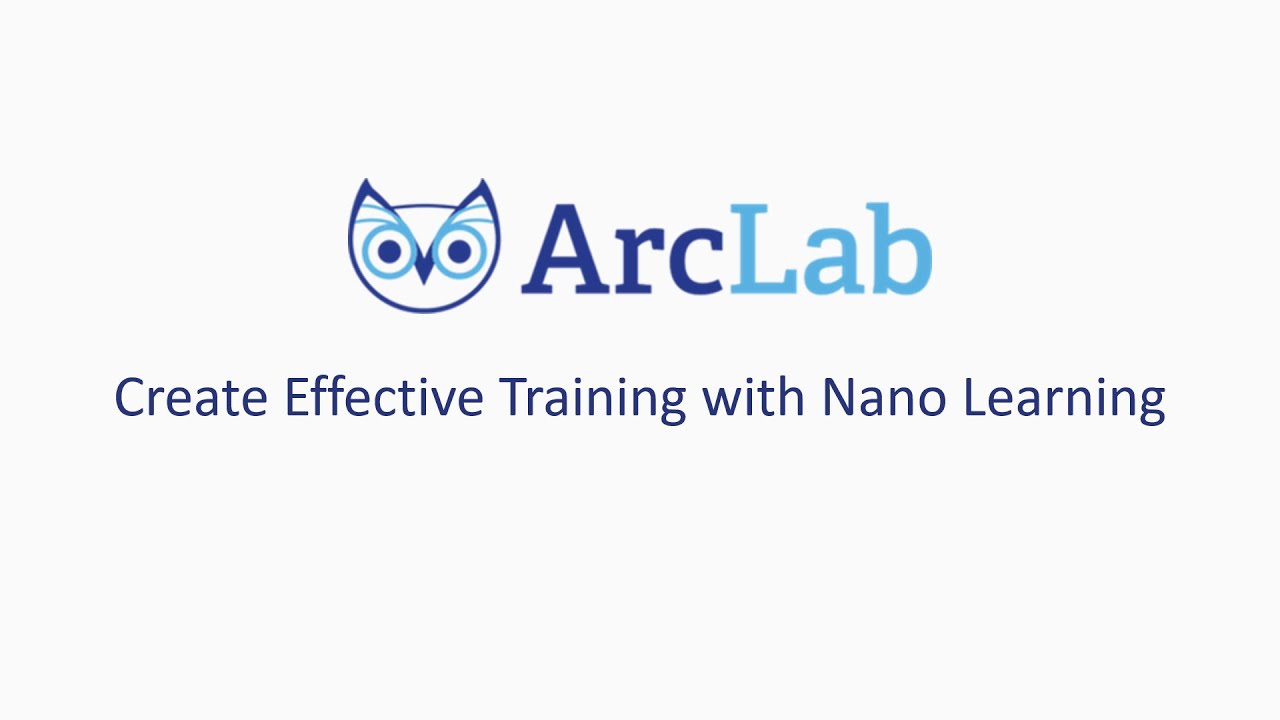Interning at my first startup at 18

Introduction
Interning at ArcLab at 18 was the first time I got to step into a real startup—one where ideas moved fast, people wore multiple hats, and impact wasn’t something abstract. ArcLab is a SaaS EdTech company focused on workplace training and digital SOPs, helping organisations create mobile learning modules, deploy training at scale, and track learner analytics. But for me, it was also the place where I wrote my first real production code and got introduced to how product and engineering come together.
Here’s what I achieved through my 6 months at ArcLab.
My Job Scope
SmartTransform AI was ArcLab’s push to integrate generative AI into the platform. I got to work on several pieces of it:
AI-powered text generation: Letting users turn simple prompts into draft learning modules. I helped build the backend workflow—connecting user inputs to the model, cleaning the output, and returning structured content ready for editing.
Automatic module formatting: We needed the AI to output content that mapped neatly into ArcLab’s building blocks. I wrote logic to parse and format generated text so that the final result wasn’t just paragraphs, but usable training steps.
Prompt engineering & refinement: One of the fun parts was experimenting with prompts to get consistent output. I learned quickly that good prompts are half design, half psychology.
Image gallery: Store and organise images in a centralised gallery, instead of forcing users to re-upload the same media.
Key Learning Points
Working at a startup exposes you to everything—engineering, product, customer messaging, and speed. Some of my biggest takeaways:
Real users don’t care about how elegant your solution is. They care about whether it saves them time.
Every line of code is a compromise. You’re constantly balancing performance, readability, and development speed.
AI isn’t just a trend, but the baseline for modern software solutions.
Technical Challenges
Working on SmartTransform AI and the Image Gallery prototype pushed me into real engineering problems—ones that didn’t have clean, textbook answers.
Parsing raw PPTX and PDF materials into readable prompts
Many training documents weren’t clean text—they were full of images, diagrams, embedded videos, text boxes, and inconsistent layouts. Extracting meaningful content from that chaos was tricky. Sometimes slides had overlapping elements, or PDFs flattened text and graphics into a single blob. I had to experiment with different extraction libraries, creating rules for how to treat non-text elements like diagrams or screenshots. It taught me that real-world data is never as clean as you expect, and that preprocessing often determines the quality of the final AI output.
Designing data structures for the Image Gallery
Since the feature was still a prototype, the requirements were fluid—but the system still needed to be flexible enough to support metadata, tagging, and fast retrieval through cache. I had to think beyond just making something that worked; I had to consider how it might scale or evolve, all while evaluating how I could squeeze this new solution into the existing DB with minimal disruption.
Poor consistency and predictability of AI-generated text
Ensuring that the AI produced consistent, predictable output turned out to be one of the hardest parts of the project. The model could generate great results one moment and completely unstructured content the next. This was mainly addressed by hours upon hours of prompt engineering. I learned that the “intelligence” only works when the infrastructure supporting it is solid.
Conclusion
My internship at ArcLab gave me my first real taste of building software that people actually use. From experimenting with AI to prototyping new features, I learned how much impact even small contributions can make.
I would like to thank ArcLab CTO, Steven, for bringing me onto the team despite my relatively young age and experience level.
I would also like to express my gratitude to Tinkertanker CEO, YJ, for giving me this opportunity.